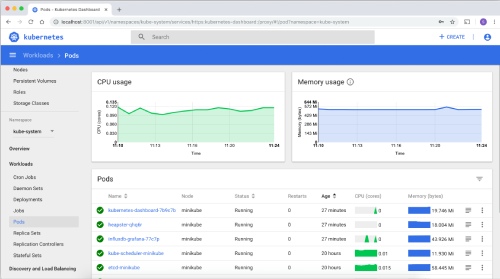Automated Rollouts and Rollbacks
Kubernetes progressively rolls out changes to your application while monitoring its health.
Loading
Kubernetes is an open-source system for automating deployment, scaling, and management of containerized applications. Originally designed by Google, it's now maintained by the Cloud Native Computing Foundation (CNCF)2.
Here are some key features


Containerization is a lightweight alternative to full machine virtualization that involves encapsulating an application in a container with its own operating environment. This allows the application to run consistently across different computing environments3. Key benefits include: